
Knotless Braids VS. Traditional Knot Braids, Which One Is Better?
Knot braids have been around for a long time, and their popularity continues to grow. However, with the advent of knotless box braids, the question of "should I choose knotted braids or knotless braids" comes to many people's minds, making it difficult for them to make a choice. If you're also struggling with this question, you're in luck. In today's article, we'll explain what knotless braids and knotted braids are, and what the differences are, so read carefully.
What Are Knotless Braids?
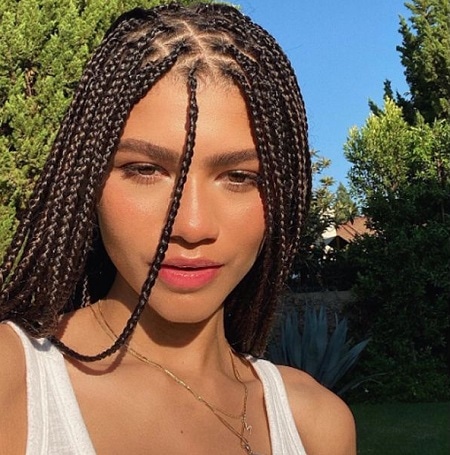
Knotless braids are a variation of knot braids, which use a feed-in technique where the braided hair is added to a person's natural hair in small pieces, resulting in a flat braid. This knotless braid is not overly taxing on the scalp, helping to minimize the risk of hair breakage.
What Are Traditional Knot Braids?
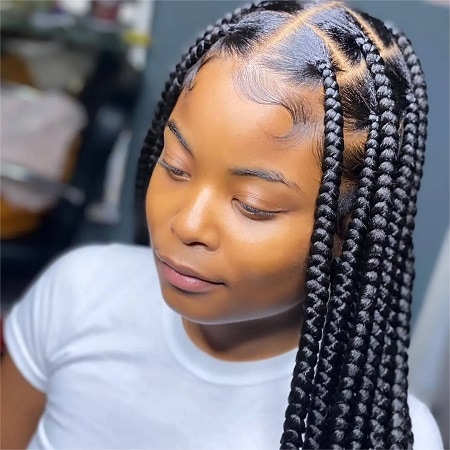
A traditional knot braid is a braid formed by braiding natural hair with hair extensions. Each braid has a visible knot at the bottom, and the bigger the braid, the bigger the knot. Knot braids are usually long, but can be cut to any length and shape.
What Are The Differences Between Knotless Braids And Knot Braids?
After learning what knot braids and knotless braids are, are you wondering what is the difference between them? Now, here are a variety of distinctions between knotless braids and knotted braids, let’s have a look.
| Category | Knotless Braids | Knot Braids |
| Lasting Time | It can last 4-6 weeks with proper care. | It can last 6-8 weeks with proper care. |
| Versatility | Flexible, more lightweight, can be styled easily. | More tension at the roots, less flexible, but still offers a sleek look. |
| Scalp Health | Less tension on the scalp, reduces breakage and discomfort. | Creates more tension, higher chance of discomfort and breakage. |
| Cost | Typically more expensive due to the longer installation time. | Less expensive because it takes less time to install. |
1. Lasting time
The difference in duration is the first difference between traditional knot braids and knotless braids. Generally speaking, how long braids last depends on your hair texture and how you maintain them. Knot braids are durable and usually last for 1-2 months. Knotless braids, on the other hand, can last up to 6 weeks because there are fewer hair extensions at the root of the braid, which can cause the hair to frizz quickly. Therefore, knotless braids last a little shorter than knotted braids.
2. Versatility
Knotless braids are easier to style than knot braids. If you opt for light, knot-free braids, you can immediately style your hair up, down, or to the side as soon as you install it, and of course, you can style it any way you like. But knot braids are often very inflexible and difficult to style, as the tension in the knot can cause discomfort while styling. Therefore, you may want to wait a few days for the knot to relax before styling it.
3. Scalp health
The ability to keep your scalp healthy is also one of the differences between knotless and knotted braids. Knot-free braids can be gentler and less painful to the scalp because the extensions don't get close to your roots and put extra strain on the scalp. And braiding can cause scalp pain, especially for people with sensitive scalps, as the knot is closer to the scalp and create more tension on the scalp, which can cause itchy scalps that can become swollen and painful.
4. Cost
Generally speaking, how much braids cost depends on the size of the braid, the complexity of the desired style, and the stylist you choose, among other things. Knot braids generally take less time to install than knotless braids, and they typically cost between $75 and $450. Knotless braids require a more complex technique, so it takes a little longer and costs a little more, usually between $150 and $600.
5. Hair breakage
Traditional knotted braids may cause more breakage than knotless braids. Making knotted braids involves tying knots at the roots of your hair, which can cause your hair to be constantly pulled, which can cause breakage and even hair loss. Knotless braids, on the other hand, do not require knots at the roots, which prevents friction and pulling, thus reducing hair breakage.
How To Care For Knotless Braids And Knot Braids?
Whether you end up with knot or knot-free braids, you will need to maintain them. Only good care of them will make them last longer. Below we will provide you with some methods of caring for knot braids and knotless braids, let's take a look.
1. Moisturize the scalp
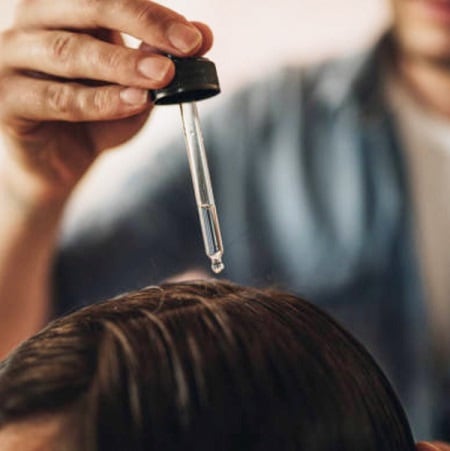
A healthy scalp means healthy hair. If you want to have healthy hair, then you need to moisturize your scalp. This is because it allows the glands in the scalp to continue to produce hair moisturizing oils to help keep your hair from drying out and allowing it to grow healthy.
2. Use silk pillowcases
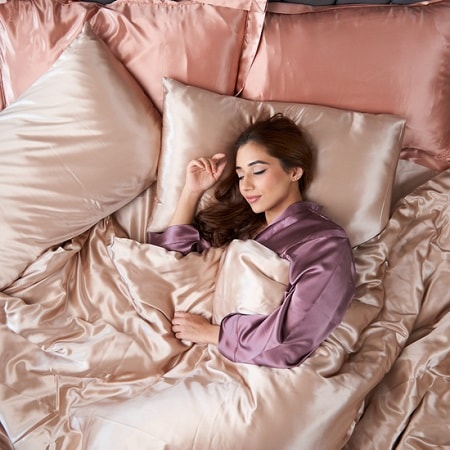
If you regularly use cotton pillowcases while you sleep, your hair will be rubbed and straightened, causing your braids to become dry and break. If you want to avoid these situations, then the most important thing you need to do is to use a silk pillowcase that allows your hair to move freely and glide smoothly, preventing breakage and split ends.
3. Regular cleaning of braids
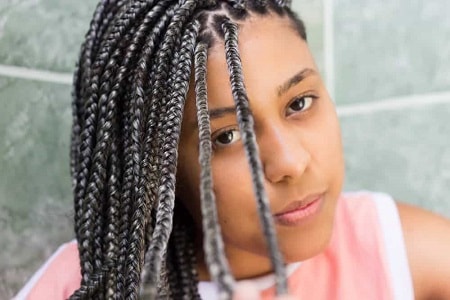
Regular braid cleaning is also one way to care for knot-free braids and knotted braids. If you don't clean your braids regularly, then you may develop dirt and buildup on your hair, making your hair look extra greasy and messy, and even emitting an unpleasant odor, which can give you a bad experience. That's why you need to give your braids a regular cleaning to keep your hair clean and healthy to grow.
4. Applying oil to the hair
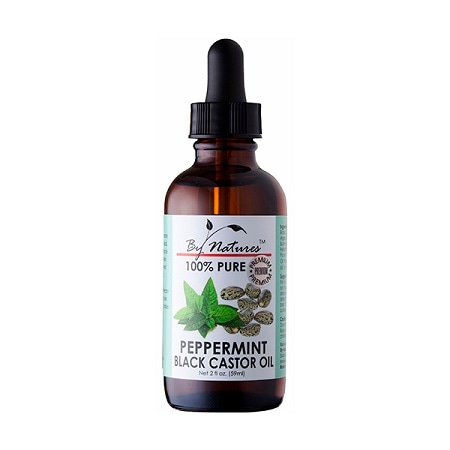
If your scalp is lumpy and sore after braiding, then you can use essential oils such as lavender, peppermint, or castor oil to help relieve the pain because they have anti-inflammatory and anti-bacterial properties that assist in repairing the scalp. If you feel an itchy scalp then you can use chamomile oil, coconut oil, or rosemary oil as they have soothing, refreshing, and conditioning properties which contribute to a less itchy scalp and promote a healthy scalp and hair.
Knotless Braids VS. Traditional Knot Braids, Which One Is Better?
After reading this side of the article, do you have a good understanding of the difference between knotted braids and knotless braids? It's hard to tell which braid is better because they each have their own benefits. Therefore, you can choose the right braid for you according to your needs and budget.
